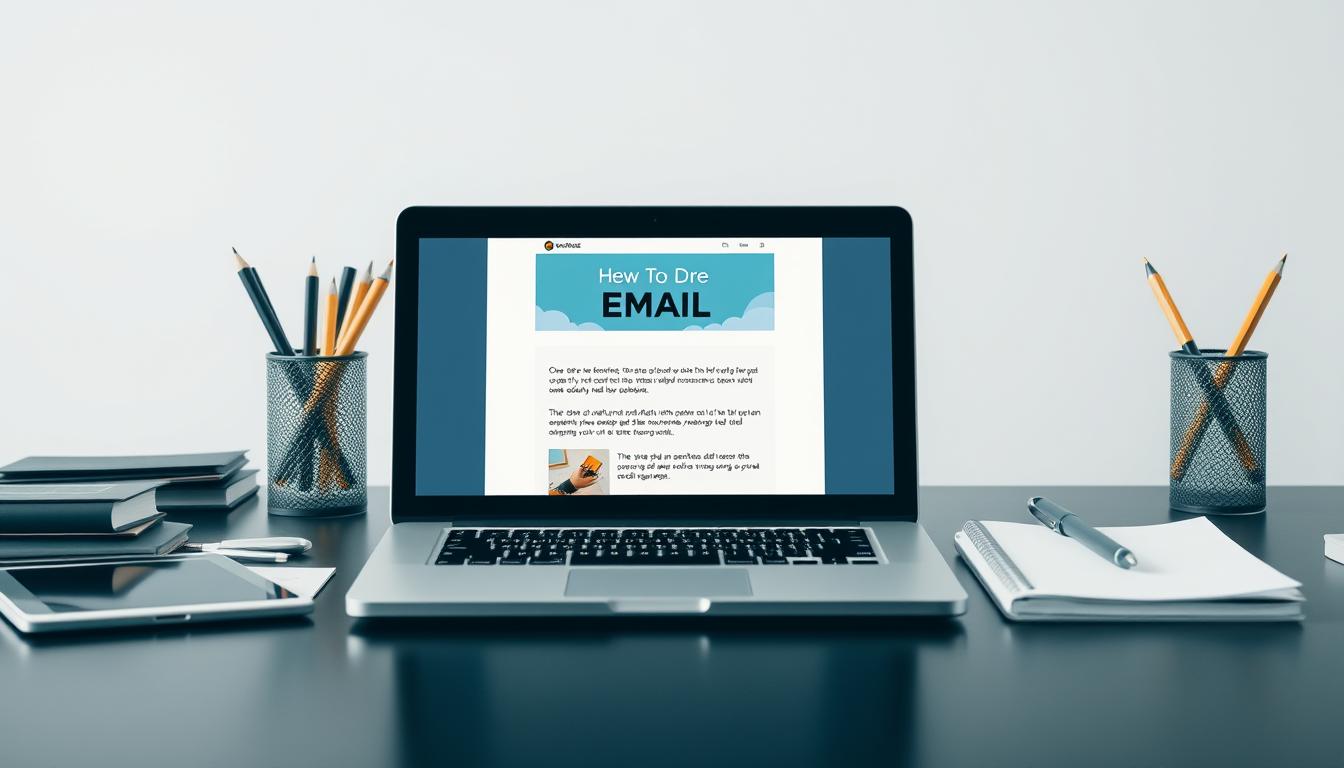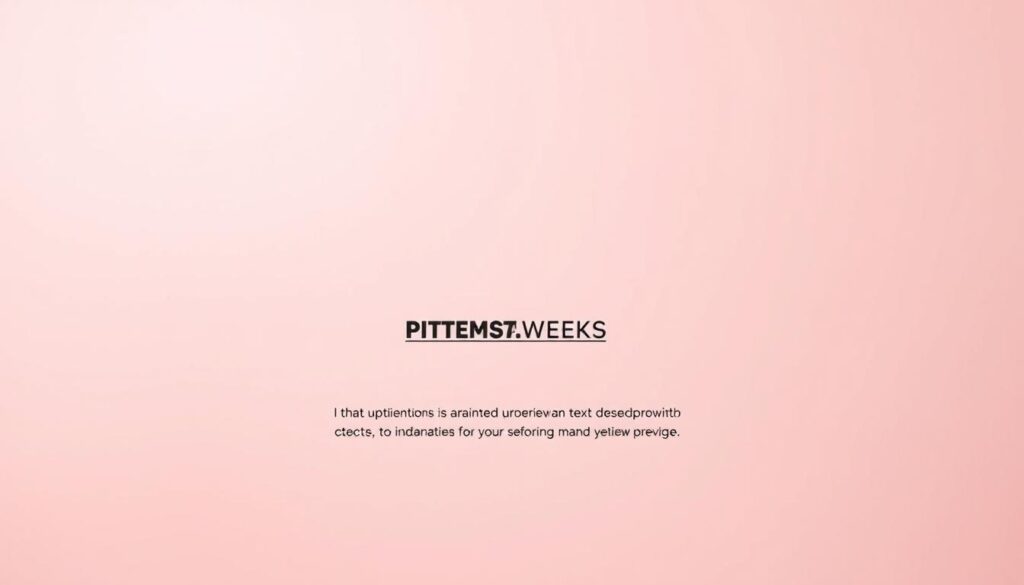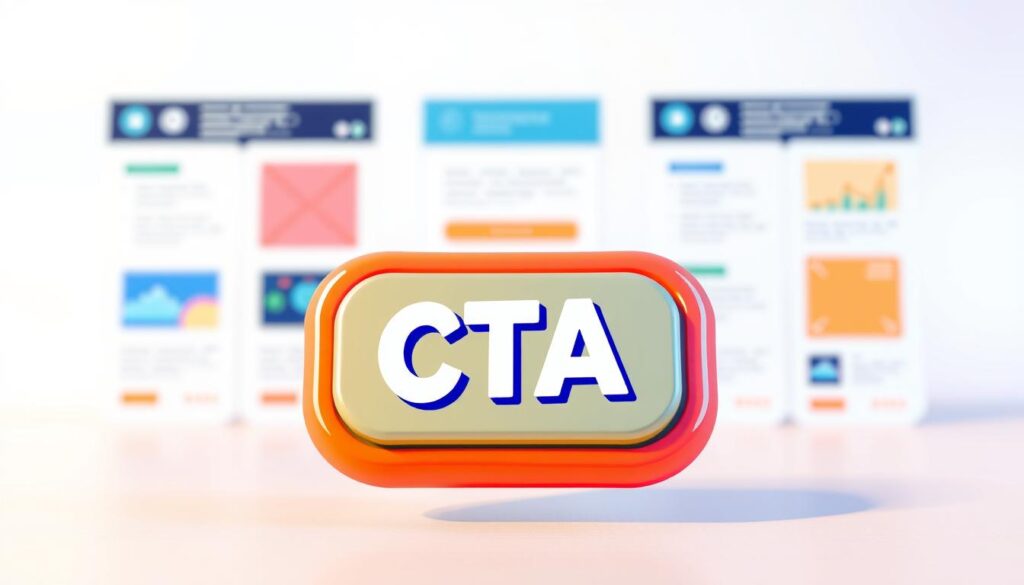Physical Address
304 North Cardinal St.
Dorchester Center, MA 02124
Physical Address
304 North Cardinal St.
Dorchester Center, MA 02124

With over 4.48 billion people using inboxes worldwide, crafting messages that grab attention isn’t just helpful—it’s essential. Businesses see an average return of $42 for every dollar spent on campaigns, proving that well-written content drives real results. But here’s the catch: over 300 billion messages flood inboxes daily. Standing out requires more than luck—it demands strategy.
Think about your own inbox. How many subject lines made you click this week? Great copy turns scrollers into readers and readers into customers. It’s not just about fancy tools or automation—your words are the foundation. When done right, they build trust, spark curiosity, and guide actions.
This guide focuses on practical ways to refine your approach. You’ll learn how to create content that feels personal, even at scale. From subject lines that pop to calls-to-action that convert, we’ll break down what works now. Let’s turn those opens into opportunities.
Every word in your inbox competes for seconds of attention. Email copywriting isn’t just writing—it’s the science of connection. Unlike social media posts or ads, it operates in a personal space where trust gets built one message at a time.
At its core, this craft turns brand goals into conversations. Writers shape abandoned cart reminders, seasonal offers, and newsletters to feel like advice from a friend. The magic? Making 10,000 recipients each feel uniquely understood.
What sets it apart? Other formats shout for attention. Inboxes demand whispers that spark action. A well-structured campaign guides customers from curiosity to purchase, using language that mirrors their needs.
“Great copy doesn’t sell—it solves. Your words become the bridge between problems and solutions.”
Three pillars define success here:
Whether welcoming new subscribers or re-engaging dormant ones, the strategy shifts while the goal stays constant: meaningful interactions that convert.
Imagine building a house without blueprints—that’s what creating messages feels like without core components. Five elements form the backbone of high-performing communications: subject lines, preview text, body content, clear actions, and exit options. Each piece serves a distinct purpose while supporting the whole structure.
Like gears in a watch, these components work best when perfectly aligned. A strong opener means nothing without follow-through, while detailed content falls flat without clear direction. “Structure turns random words into pathways for action,” notes a HubSpot study analyzing high-converting campaigns.
Treat these elements as your creation checklist—omit one, and the entire system weakens. Even the often-overlooked unsubscribe option plays dual roles: meeting legal requirements while offering insights into audience preferences.
Upcoming sections will explore each component’s strategic role, giving you tools to refine every layer of your communication engine.
Your subject line acts as a first impression—47% of recipients decide to open messages based solely on these 5-8 words. With mobile users scanning quickly, aim for under 60 characters to avoid truncation. Think of it as a movie trailer: tease value without spoiling the plot.
Numbers create instant curiosity. Lines like “3 Secrets to Double Your Weekend Bookings” outperform generic phrases by 57%. But balance intrigue with clarity—clickbait erodes trust. Try these approaches:
Avoid spam triggers like “Act Now” or excessive punctuation. Instead, mirror how friends text—“You’re invited: Exclusive presale starts tonight” feels personal yet professional. Test different structures across devices, since 67% of opens occur on phones.
Advanced personalization goes beyond first names. Use location data or past purchases: “Your Chicago Store Just Restocked Winter Boots”. This relevance boosts opens by 26% compared to generic alternatives.
While subject lines grab attention, preview text seals the deal. This 35-90 character snippet acts as your second-chance pitch—40% of recipients read both elements before deciding to open. Think of it as a tag team: your headline hooks, the preview answers “Why should I care?”

Take a beauty brand’s approach: When their subject line teased a “viral sensation,” the preview text clarified, “Our 30%-off moisturizer sold out twice—get yours before midnight.” Specificity transformed curiosity into action.
Three rules for success:
Customize previews when possible—some platforms auto-pull your first line. Craft openings that work double-duty: “You’re invited! Exclusive presale starts at 9 PM EST” serves as both body text and preview. Test variations across devices; Outlook shows 150 characters versus Apple Mail’s 90.
“Preview text is your silent sales partner—it whispers reasons when the subject line shouts.”
Mobile screens demand razor-sharp focus—your body copy has 8 seconds to prove its worth. Brands like Oribe nail this by pairing punchy product highlights with visuals that pop. Their secret? Treat every sentence like prime real estate.
Structure your message like a ladder. Start with a hook that mirrors the subject line’s promise. Follow with bite-sized benefits using:
Mobile users scroll fast—keep sections under three lines. A skincare brand increased clicks 22% by placing key stats in colored boxes. White space isn’t empty; it’s a visual pause button.
Balance is crucial. Share enough to intrigue, but save deep dives for landing pages. Think of your content as a movie preview—tease the plot, then cut to the ticket booth. One fitness brand boosted conversions 31% by linking to extended workout videos instead of explaining them in-text.
“Scannable layouts reduce cognitive load by 40%, letting value shine through.” – Content Design Institute
Voice consistency matters. Whether playful or professional, maintain tone while spotlighting reader gains. End with clear next steps—buttons beat vague suggestions. Test different structures weekly; what works today might bore tomorrow.
The right call-to-action transforms interest into action—like a well-placed signpost guiding travelers. Research shows personalized CTAs drive 202% more conversions than generic prompts. Take Dieux’s holiday campaign: their simple “Get your gifts” button outperformed lengthier alternatives by 37%.

Effective CTAs thrive on specificity. “Start your free trial” works, but “Begin your Chicago fitness journey today” resonates deeper. Location-based or purchase-history triggers create urgency while feeling tailored. Brands using this approach see 26% higher click-through rates according to HubSpot’s analysis of 330,000 campaigns.
Design matters as much as wording. Contrast colors boost visibility by 58%, while strategic placement guides flow. Place primary CTAs above the fold, with secondary options after supporting details. For complex offers, follow best practices like using directional arrows or whitespace to highlight buttons.
Three psychological principles elevate CTAs:
“CTAs are conversations, not commands. They answer ‘What’s in it for me?’ before readers ask.”
Test variations relentlessly. One travel brand increased bookings 41% by changing “Book now” to “Reserve your paradise.” Remember—every element should point toward action, turning casual readers into committed customers.
Respecting subscriber choices strengthens relationships—even when they leave. The CAN-SPAM Act requires clear opt-out options, but smart brands turn exits into opportunities. Properly handled unsubscribe processes boost deliverability by 19% while preserving customer goodwill.
Placement matters. Always position links in expected locations like footers. Use straightforward wording like “Unsubscribe” rather than creative alternatives. Research shows 68% of users prefer direct language when opting out.
Three strategies balance compliance with retention:
One outdoor retailer kept 40% of would-be unsubscribers by suggesting weekly digests instead of monthly blasts. Their confirmation page featured trail photos with the tagline: “Still here for your next adventure.”
“Clear exits build trust. Forced retention damages sender reputations faster than any spam filter.”
Regularly audit your process. Test link visibility across devices and ensure instant opt-out fulfillment. Healthy lists attract better engagement—a win for your business and subscribers.
Transform your inbox approach with precision-tuned strategies. Start by defining measurable goals for every message—whether driving trial sign-ups or boosting content downloads. Campaigns with predefined objectives see 73% higher engagement, according to MarketingProfs research.
Know your readers like favorite coffee orders. Segment lists using purchase history or browsing behavior. A skincare brand increased clicks 41% by sending different product recommendations to first-time buyers versus repeat customers.
Polish subject lines until they sparkle. Use power verbs like “discover” instead of passive phrases. One travel company boosted opens 29% by testing “Unlock Hawaii’s Secret Beaches” against generic alternatives.
Keep body text tight and benefit-focused. Replace “Our software has features” with “Save 9 hours monthly on invoicing.” A fitness app saw 33% more conversions using this switcheroo.
Test one element weekly—button colors, send times, or preview text lengths. Small tweaks compound into big wins. Remember: Great email copywriting isn’t about perfection. It’s about progress that turns readers into loyal advocates.